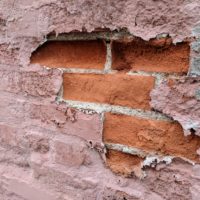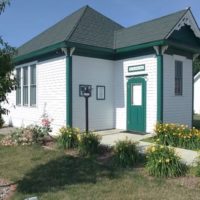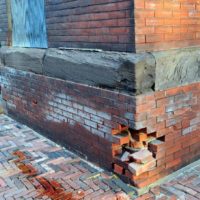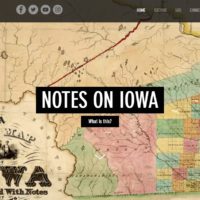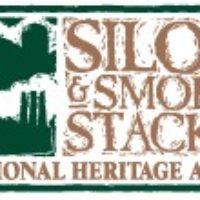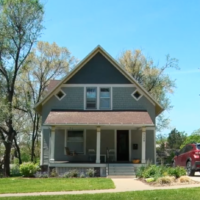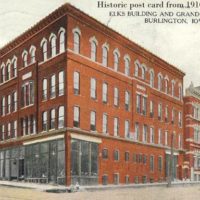Find Your Preservation Story – Glossary of Preservation Terms
If you’re new to preservation, the lingo can be quite confusing. Here’s a helpful breakdown of preservation terminology from the National Trust for Historic Preservation.
- Section 1: Preservation Curriculum for Teachers
- Section 2.1: Learning Objectives
- Section 2.2: Lesson Plans
- Section 3: 101 Ideas for Preservation Education
- Section 4.1: Archive Guide
- Section 4.2 – Glossary of Architecture Terms
- Section 4.3: Glossary of Preservation Terms
- Section 4.4: Research Guide
- Section 4.5: Letters to Parents and Admins
- Section 5.1: Print and Online Resources
- Section 5.2: People in Preservation
Historic Character – The term refers to all those visual aspects and physical features that comprise the appearance of every historic building.
Historic Significance—The importance for which a property has been evaluated and found to meet the National Register criteria. This may also apply to your state or local historic register; for specifics, contact your State Historic Preservation Office or local preservation commission.
Integrity—The authenticity of a property’s historic identity, evidenced by the survival of physical characteristics that existed during the property’s historic or prehistoric period.
Mothballing—To control the long-term deterioration of a building while it is unoccupied as well as finding methods to protect it from sudden loss by fire or vandalism.
Preserve—To maintain a structure’s existing form through careful maintenance and repair.
Reconstruct—To re-create an historic building that has been damaged or destroyed; to erect a new structure resembling the old using historical, archaeological, and architectural documents.
Rehabilitate—To repair a structure and make it usable again while preserving those portions or features of the property that are historically and culturally significant. For example, rehabilitation might include an updated kitchen while retaining the historic stairwell and fireplaces. This is a good approach for private houses.
Remodel—To change a building without regard to its distinctive features or style. Often involves changing the appearance of a structure by removing or covering original details and substituting new materials and forms.
Renovate—To repair a structure and make it usable again, without attempting to restore its historic appearance or duplicate original construction methods or material.
Restore—To return a building to its form and condition as represented by a specified period of time using materials that are as similar as possible to the original materials.
Section 106—Provision in the National Historic Preservation Act that requires federal agencies to consider the effects of proposed undertakings on properties listed or eligible for listing in the National Register of Historic Places. (16 U.S.C. § 470f, with regulations at 36 C.F.R. Part 800)
Section 4(f)—Provision in Department of Transportation Act that prohibits federal approval or funding of transportation projects that require “use” of any historic site unless (1) there is “no feasible and prudent alternative to the project,” and (2) the project includes .all possible planning to minimize harm.. (49 U.S.C § 303)
Stabilize—To protect a building from deterioration by making it structurally secure, while maintaining its current form.
“Taking” of property—Act of confiscating private property for governmental use either through “eminent domain” or by regulatory action that denies all reasonable and beneficial use of property.
This project was supported in part by the State Historical Society of Iowa, Historical Resource Development Program.


